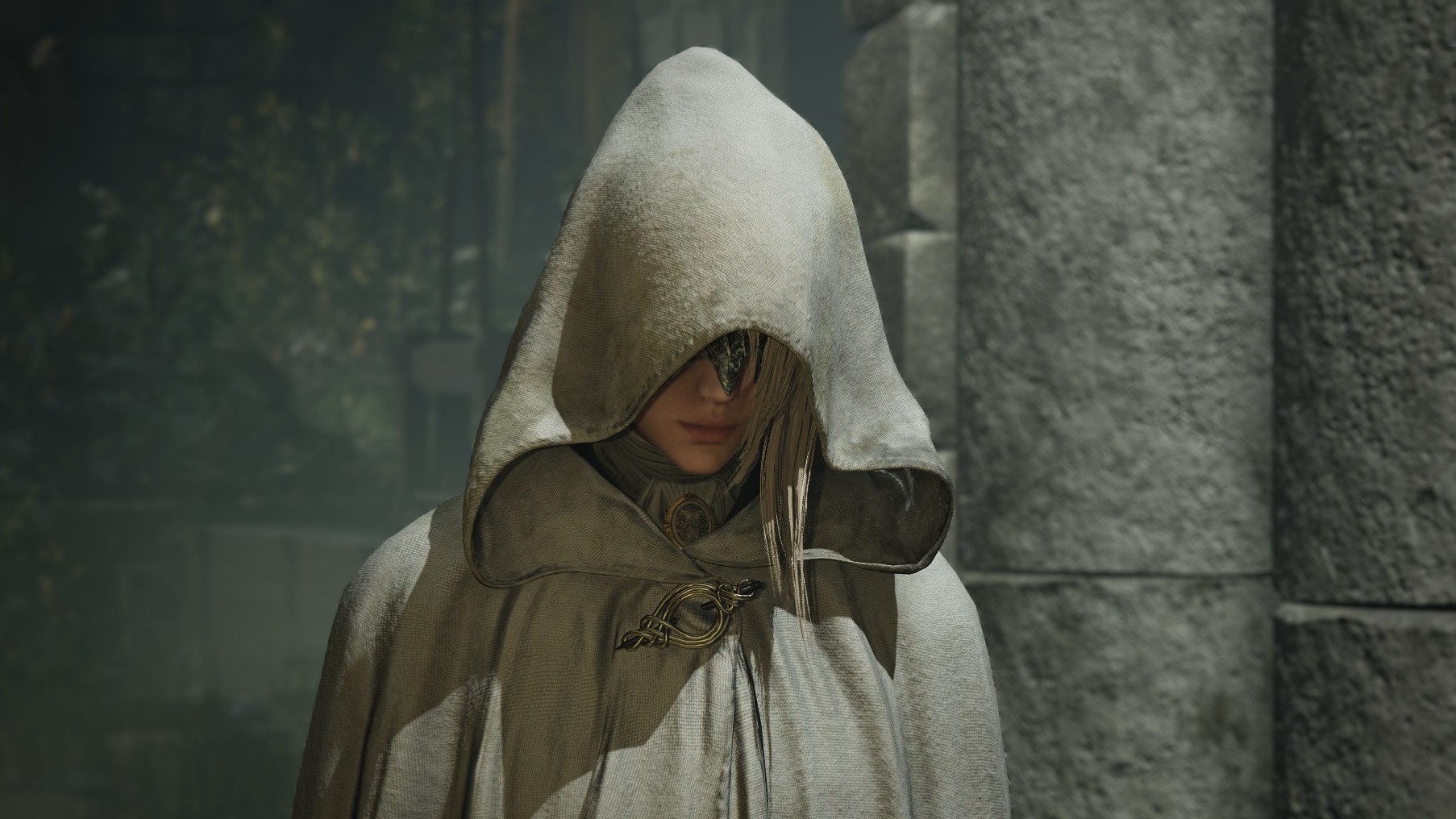
The Elder Scrolls’ Creators Reveal How Accidental Plagiarism Was Part of Its Origin Story
Names like Skyrim and Morrowind are so ubiquitous that it’s easy to forget they were once ideas on a whiteboard. But in 1993, the world of Elder Scrolls was still very much a blank slate.
“People would wander into the office and write a name on the map. 50 percent were original. Some they thought were original,” remembered Ted Peterson, who was one of the designers on The Elder Scrolls: Arena.
Little did the Bethesda team know that they had accidentally cribbed the Morrowind name from Terry Brooks, then a popular fantasy author. Brooks had invented the name “Morrowindl” for the Shannara books. Years later, Morrowind would become a beloved RPG of its own.
“We weren’t ripping anything off on purpose. Nowadays you’d run everything through a lawyer,” Peterson shrugged.
We weren’t ripping anything off on purpose. Nowadays you’d run everything through a lawyer
Peterson and programmer Julian LeFay were witness to the very early days of Bethesda; back when it was still a publisher known for games like Wayne Gretzky Hockey — before Elder Scrolls was a franchise worth billions of dollars. In a talk at GDC 2024, they shared stories from those days and how one of the role-playing genre’s most renowned games first came to be.
‘It’s not a bug, it’s the story of this town’
Peterson had been at Bethesda for about a year when he began work on Arena. The project was conceived as an action-adventure game that saw a party of four travel to a series of arenas before confronting an evil wizard. It was not meant to be an RPG — that space was seen as too competitive for a tiny publisher like Bethesda. The somewhat confusing final title was a holdover from that original concept.
“That really wasn’t a very good title. Not the one we wanted,” LeFay admitted.
Over the course of a protracted and admittedly fraught development process, the Arena gradually transformed into a role-playing game, and the concepts that would define the rest of the series began to take shape. The party of four was winnowed down to one, the world began to come together, and a vast number of procedurally-generated towns were created — an early example of the scope that The Elder Scrolls would become known for.
The bugs were there too, and they were numerous. One of the glitches included a procedurally-generated house that blocked one village’s exit and made it impossible to leave. At a loss, Peterson decided to get creative.
“We said, ‘It’s not a bug. It’s the story of this town.’ This one character who never had a name, they were just a bit of decoration, it was all because of him. He cursed this town because there was a princess and she had a wombat she loved, and the king was mean to the wombat, so Ius cursed the town and said she never could leave,” Peterson said. “So I created a short story called ‘Ius, Animal God’ and described why this town was so cursed. Every story and bit of lore is based on trying to address this stupid bug.”
Other bugs weren’t actually bugs at all. When Bethesda re-released Arena on Steam in 2022, some fans were confused by the armor class ratings, which appeared to decrease rather than increase. According to LeFay, that was due to Arena being based on Dungeons & Dragons’ first edition, which featured similar mechanics.
On top of everything else, Arena established a precedent for the series’ long development times. Arena’s development dragged on for 12 months — ages in an era when games were often finished in half that time. When it finally released in early 1994, “it was not a success,” according to LeFay. Still, its release managed to catch the attention of enough fans to earn it a cult following. Todd Howard came aboard to work on the Deluxe Edition, where he shared an office with Peterson.
“I always got along really well with Todd. Todd isn’t a big [tabletop] role-player actually. Other than Dungeons & Dragons there was a really great pen-and-paper system called James Bond 007, and he said there was a similar one based on Indiana Jones – he was really into Indiana Jones – but everyone would just want to be Indiana Jones. I’m not sure why someone playing James Bond wouldn’t want to just exist in the spyworld, you know?” Peterson said.
Howard, of course, is now working on an Indiana Jones game alongside MachineGames, which is due to release later this year.
‘In the ’90s, Bethesda was a very difficult place to work’
With Arena eventually finding an audience, work began on an even bigger sequel, Daggerfall, which released in 1996. By then The Elder Scrolls was firmly established, but Peterson and LeFay were already on the way out, the often punishing hours finally taking their toll.
“In the 90s [Bethesda] was a very difficult place to work,” Peterson said.
LeFay added, “The demands on your time were extreme… People in the games industry really want to make games. And you can potentially exploit that if you’re not a scrupulous person… that was eventually why I left Bethesda and the games industry. It’s just not right exploiting people in that way.”
Peterson left Bethesda soon after Daggerfall, though he contributed to Morrowind and Oblivion. LeFay departed in 1999. The two recently reconnected for a venture they’re calling The Wayward Realms and plan to launch a crowdfunding campaign soon.
“It’s an opportunity to go back and fix some of the things we never had time to address in the first place,” Peterson says.
Elder Scrolls VI has been in-development since at least 2018, though it likely won’t be out until at least 2026. Not much is known about it, but it’s rumored to take place in Hammerfell. You can read everything we know about Elder Scrolls VI so far right here.
Kat Bailey is IGN’s News Director as well as co-host of Nintendo Voice Chat. Have a tip? Send her a DM at @the_katbot.





